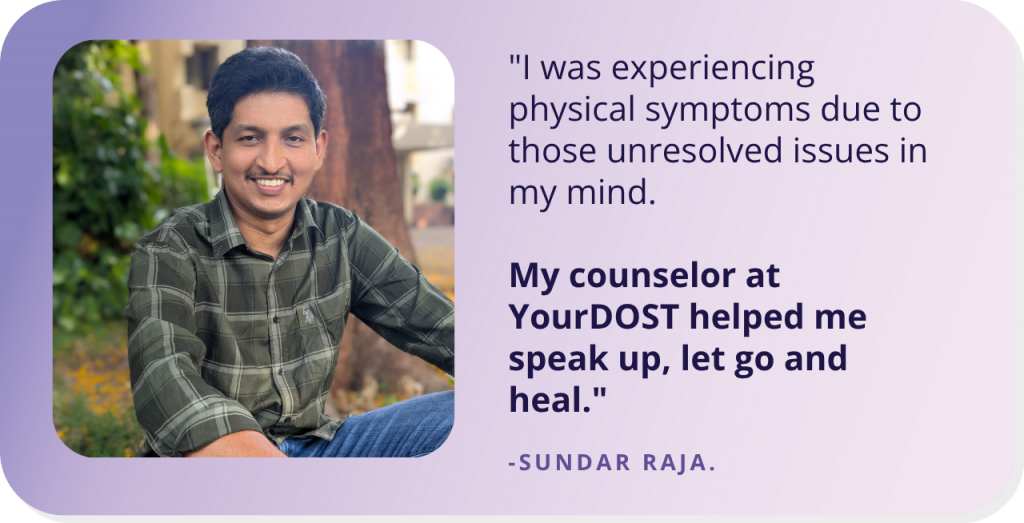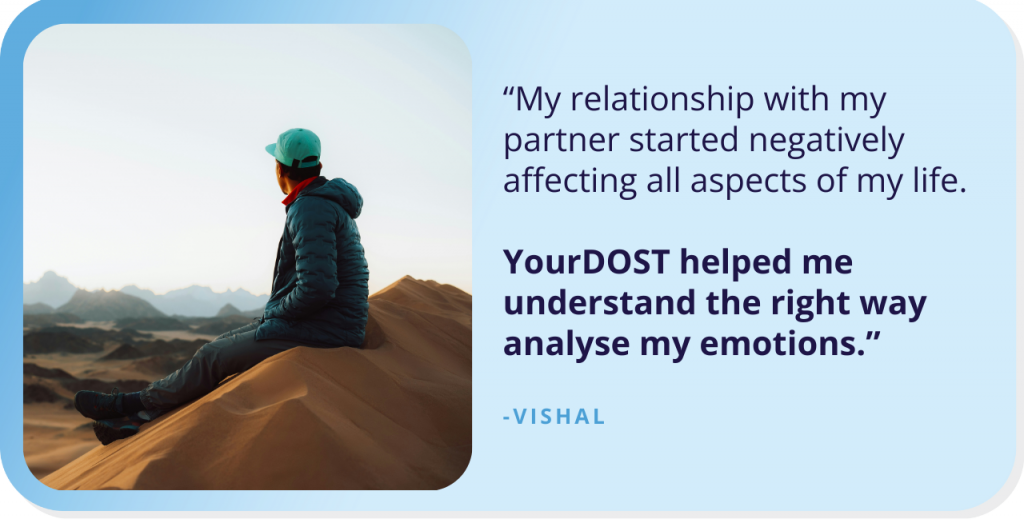Bringing Mental Health to The Forefront — What India Can Learn From New York
On a winter day in 2010, police officer Joseph C Coffey was driving by a pond where he saw a car partially submerged in it. He was off duty. Inside the car was a woman, who instead of panicking about the ‘accident’ was crying to herself. When spoken to, she spoke about her personal problems. Coffey immediately understood that he was required to listen more and speak less. His main aim was to prevent her from harming herself further, and let her know that he was there to help her.
That year, Coffey received an award for preventing a suicide. Officer Coffey knew what to do because was trained for this.
He has developed the Warwick Rhode Island department’s crisis intervention team and even co-authored a manual on Mental Health First Aid (MHFA) for the National Council of Behavioral Health that can be used in law enforcement trainings. The Warwick police department has trained officers in MHFA since 2008, and till now, about 11,000 officers have been trained.
THRIVENYC
ThriveNYC, led by the Department of Health and Mental Hygiene, a public initiative, aims to fund such mental health programmes.
One of the main concerns will be providing training to the primary respondents like police officers and firefighters. Because of the widespread nature of mental illnesses and the stigma attached to discussing it openly, the proponents of ThriveNYC want to make people take mental health as seriously as physical health and injuries.
The goal is, among many others, to make mental health first aid as common place and easily available as regular first aid, like for instance, CPR.
WHAT ABOUT INDIA?
Quarter of the American population experiences mental illness. According to the World Health Organization, depression is the No. 1 cause of disability in the world.
“More people are suffering and miss more time from work from depression compared to any other medical problem,” explains Bryan Gibb, Director of Public Education for the National Council for Behavioral Health.
Untreated depression, he adds, is also the No. 1 cause of suicide—and at more than 40,000 U.S. suicides a year, “that’s 40,000 people who die from mental illness.”
Unfortunately, when it comes to mental illness, India has kept up with the US. Indians are among the World’s most depressed populations. According to a World Health Organization-sponsored study, while around 9% of people in India reported having an extended period of depression within their lifetime, nearly 36% suffered from what is called Major Depressive Episode (MDE).
So what now? Perhaps, baby steps is the answer. In India, many primary medical professionals are untrained and do not know how to recognize mental illnesses. So increased focus on psychology in all courses of the medical fields and also in school and college curriculum could be an answer.
We don’t have any more time to lose, if the US thinks they are lacking in mental health care, we better pull up our socks and provide care before things get out of hand.






